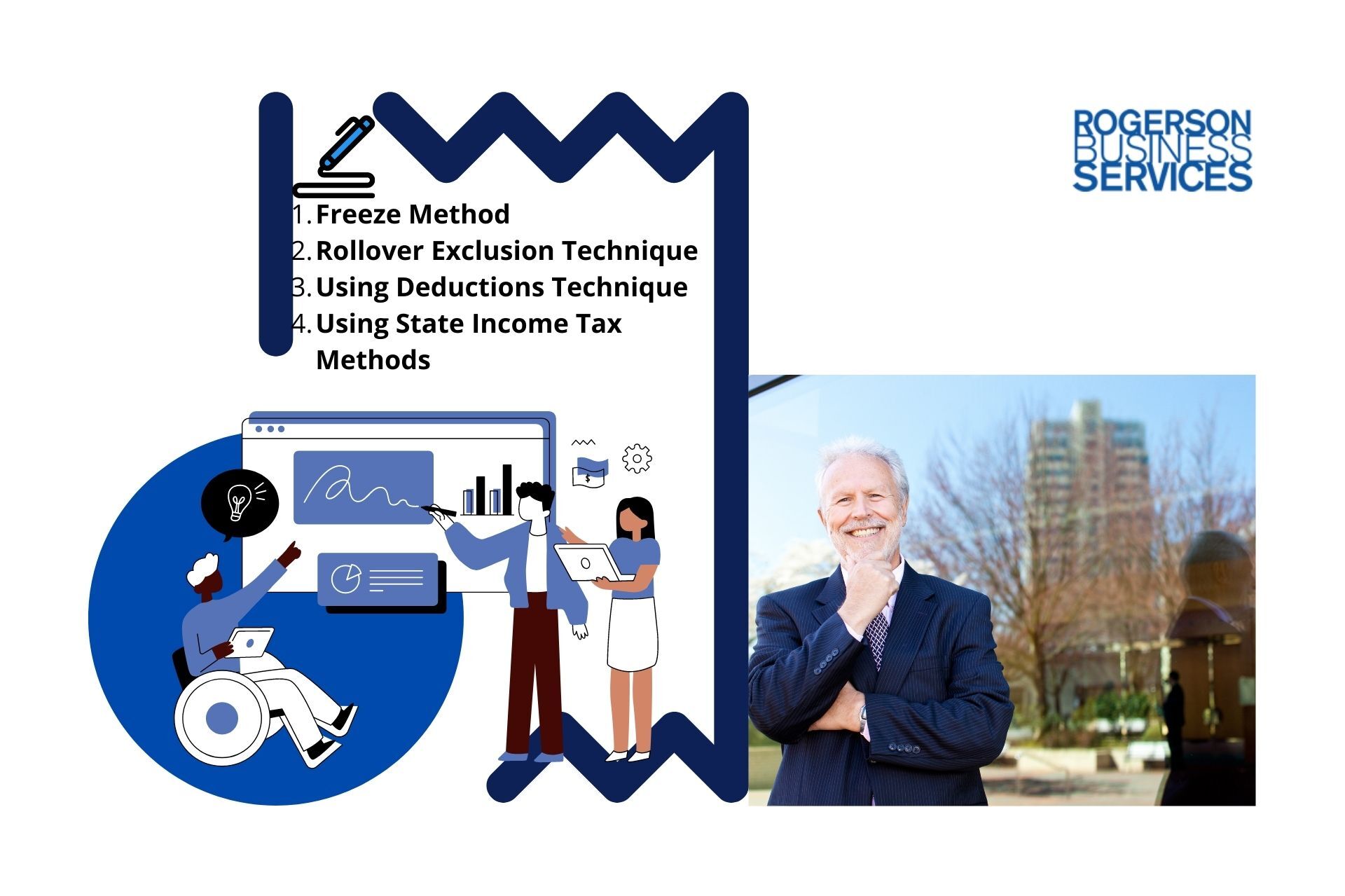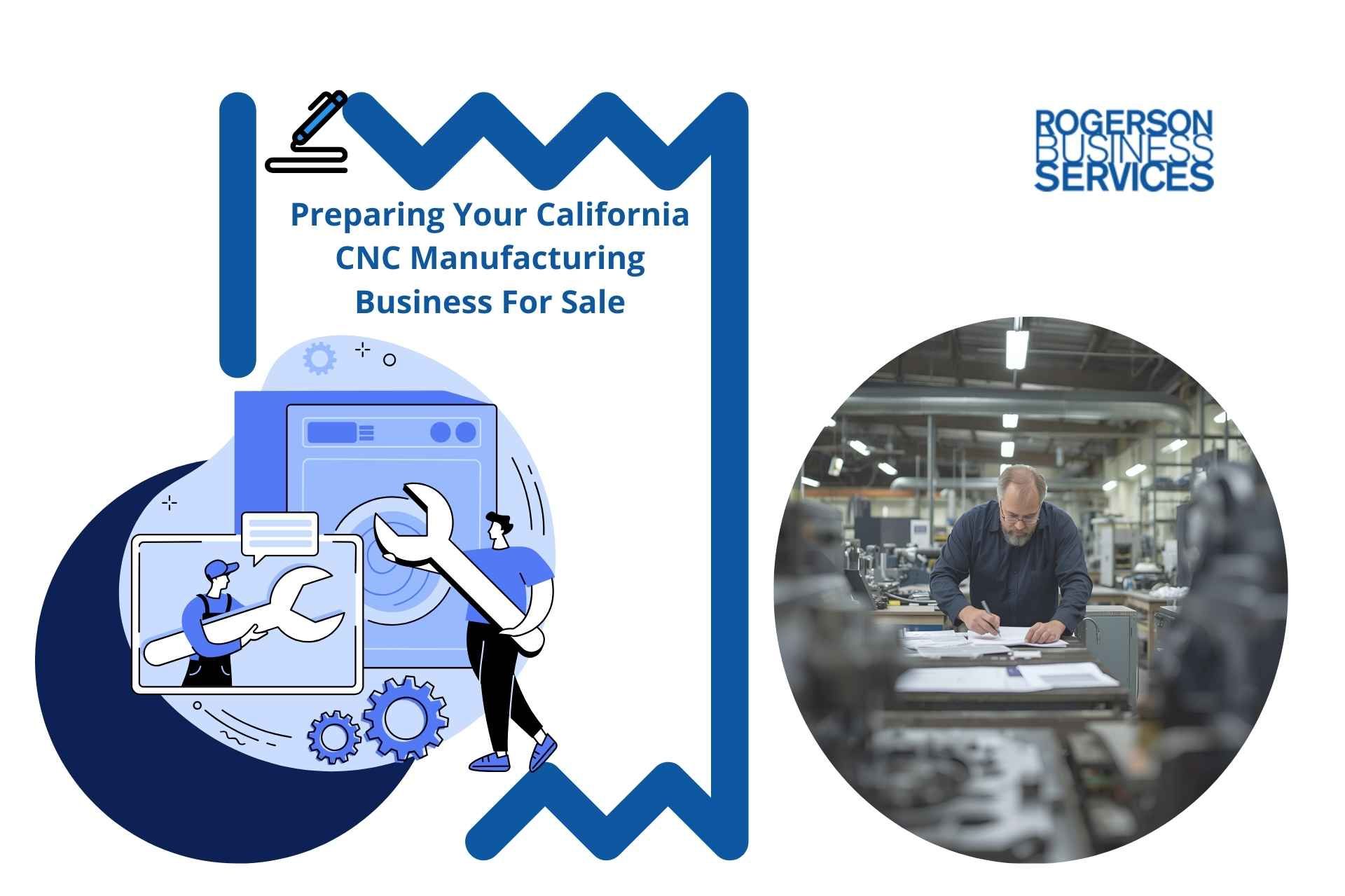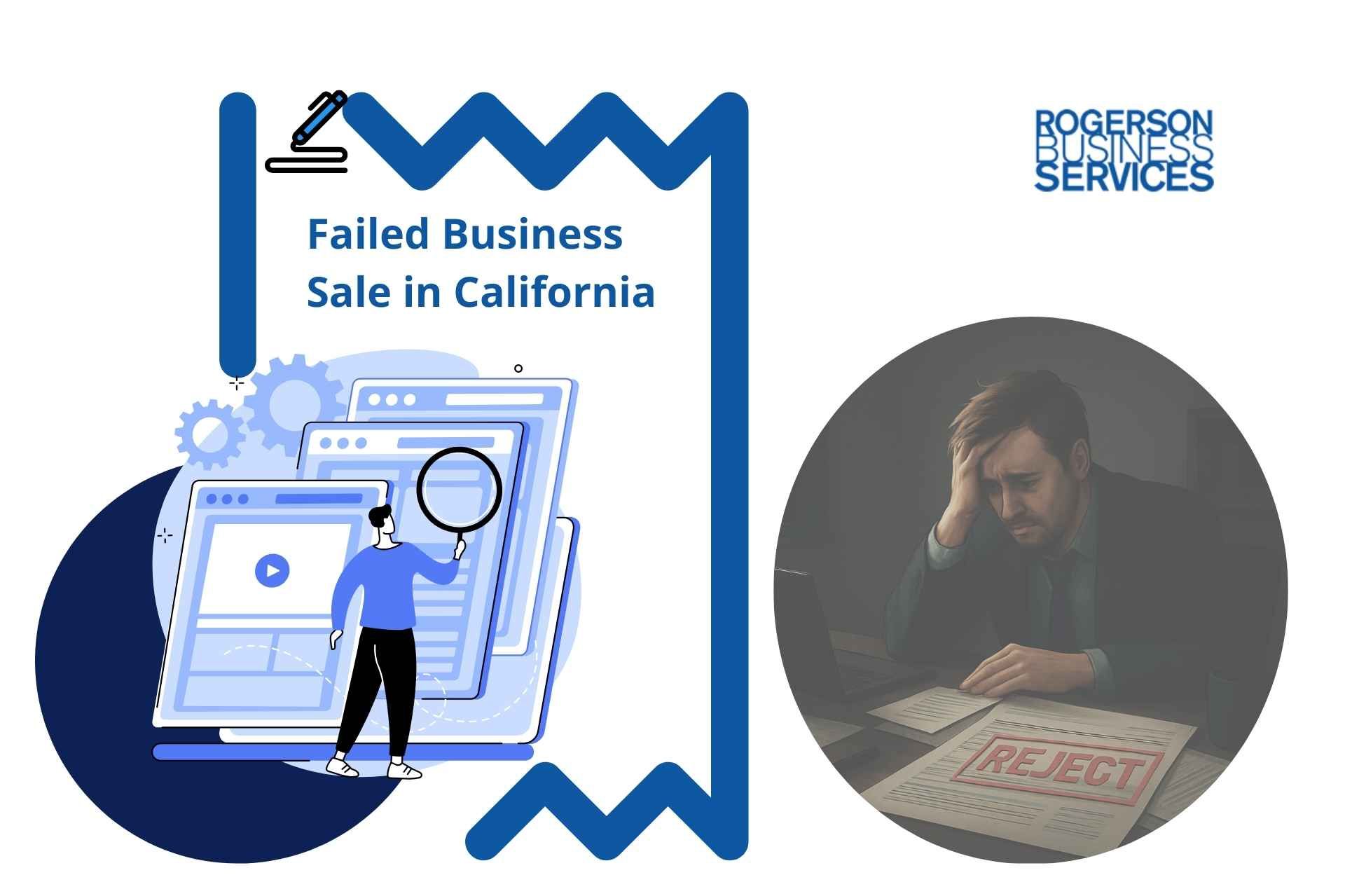Selling a Business Capital Gains Tax in California | Offset Taxes
Selling a Business Capital Gains Tax
Offset Tax strategies by Type:
- Freeze Method
- Rollover Exclusion Technique
- Using Deductions and State Income Tax Methods

Are you planning on selling a lower middle market business in California? Here are several tax strategies to offset capital gain tax and get you the most money when selling your mid-market business.
How to Offset Capital Gains from Sale of Business
Capital gains are realized when an asset gets sold for more than it was acquired. You can acquire capital gains during the sale of any capital asset, including businesses. Capital gain taxes are calculated on a taxpayer’s total income.
When a lower middle market business in California gets sold, there are seven classes of assets. These classes are the types of assets that are sold and documented.
For businesses with sole proprietorships, each asset is negotiated separately. Selling partnership interest in a shared company is treated as a straight capital asset transaction.
When selling a business in California, the sale of assets is up to negotiation between the buyer and seller. Buyers and sellers have opposite goals. Sellers will want to minimize selling assets in ways that will raise their taxes. The sale will produce mainly profit for the seller, which is taxed heavily. Buyers will push for things counted towards taxes since it creates documentation for depreciation or losses.
Corporations have several options when it comes to selling a lower middle market business. These options include selling the company as stock or as an asset, selling as an S or a C corporation, and selling to employees. In addition, there are tax benefits of selling a business to employees, which will tie in with other strategies below.
Various business types and assets require different strategies to reduce tax on the business sale. Luckily, there are plenty of tax mitigation strategies available for businesses.
One way of mitigating capital gains taxes is selling long-term gains over short-term gains. This strategy entails selling assets owned for at least a year.
Long-term gains are less heavily taxed than short-term gains. Some assets do lose value quicker than others, so consider if waiting for your capital assets to become long-term is profitable.
Another way of lowering capital gains tax is through losses. Capital losses in one asset can be used to offset the capital gains in another. Using capital losses to mitigate capital gain tax gives you more flexibility when negotiating the sale of assets. It can help you create a synergy between different strategies to best fit your situation.
Installment sales can be another method of lowering capital gains taxes. Capital gain taxes decrease by spreading out the gains over a longer period.
With installment sales, payments aren't made until after the year of the sale. Therefore, installment sales have an element of risk to them. By waiting, buyers may default on their payments.
The process used to calculate capital gains taxes is complex. You should consult a tax professional or a lower middle market business brokers to devise strategies to avoid capital gains tax. They will advise you on what counts towards your capital gains, what does not, and what methods will work best for retiring baby boomers business owners situation.
Tax Planning for Capital Gains When Selling a Business
With proper planning, there are plenty of methods to avoid taxes when selling a lower middle market business. Strategies mainly fall under three categories:
- Freeze method
- Rollover exclusion technique
- Using deductions and state income tax methods
The Freeze method refers to “freezing” assets at their current value and transferring them to others. This method allows assets to appreciate over time while avoiding gift or inheritance taxes. Certain trusts, such as grantor retained annuity trusts and private annuities fall under the umbrella of the Freeze method.
By adhering to specific tax and legal criteria, you can utilize rollover and exclusion techniques. Rollover and exclusion methods may require the retiring baby boomer business owner in California to create a legal entity with their business. Owners may also have to enter into specific transactions to meet the criteria.
Selling stock to employees can help you meet the criteria of some rollover techniques.
Deductions and state income tax methods involve special tax laws to avoid the high taxes you would be subjected to otherwise. These include methods that allow baby boomer business owners to determine where and how their taxes are calculated.
Methods including the incomplete gift non-grantor trust let business owners change how their taxes are calculated. Taxes on selling a business in California can be substantial, so having the ability to avoid those taxes is essential.
These strategies are complex and require legal expertise. Seek professional advice on how to utilize these tax-saving methods. Most of these practices require proper planning to be effective.
Mitigating Business Tax
Selling a lower middle market business in major California cities can generate large profits for the seller. It can also produce equally substantial taxes. Developing a proper plan to mitigate taxes is vital to fully reap the rewards of selling a profitable business.
Careful tax preparation when you sell your mid-market business is necessary to get an accurate business valuation. The valuation allows you to see the biggest contributing factors regarding the taxes you will have to pay. With this knowledge, you can research methods to mitigate the taxes, such as those mentioned above.
There are online selling business tax calculators that can help you determine a rough estimate of potential taxes. To get a more accurate figure, a professional evaluation is highly recommended. Tax professionals, part of a deal team, can walk you through what applies to your situation. Planning helps you determine the best time to sell your mid-market business for maximum profits. Taking the time to set up an exit plan can make a huge difference in how much you profit.
Conclusion
Selling a lower middle market business can result in hefty taxes on your capital gain. These taxes can be lowered or even avoided if you take the time to carefully plan. Strategies to lessen the tax burden of selling a mid-market business are legally complex. Because of this, it is highly recommended that you seek a professional tax advisor or a lower middle market business broker in California before you begin planning.
The wisest choice you can make to get the best price and successfully sell your lower middle market business in different industries or business niches such as: manufacturing, wholesale distribution, service and professional firms, construction, medical and health practice, or trucking and logistics is to hire a Mergers and Acquisitions advisor or lower middle market business broker.
If you have decided to value and then sell your lower middle market business now or within the next six to twelve months in California, click here to get started with this quick and simple form, or call Andrew Rogerson, Certified M&A Advisor, so we can understand your pain points better and prioritize your inquiry with Rogerson Business Services, RBS Advisors.
This is part of business owner tips to answer how Rogerson Business Services attract qualified buyers to sell your business series ->
If you found this information helpful, we ask you kindly to share it on your social media feeds. Thank you for spreading the good word :)
Hey there! Can we send you a gift?
We just wanted to say hi and thanks for stopping by our little corner of the web. :) we'd love to offer you a cup of coffee/tea, but, alas, this is the Internet.
However, we think you'll love our email newsletter about building value and properly position your company before transition/exit your business ownership.
As a special welcome gift for subscribing, you'll also get our helping and educational guides, tips, tutorials, etc.. for free.
It's filled with the best practices for retiring serial business owners like Dan Gilbert, Larry Ellison, Warren Buffett, and many more.
Just sign up for our emails below.


